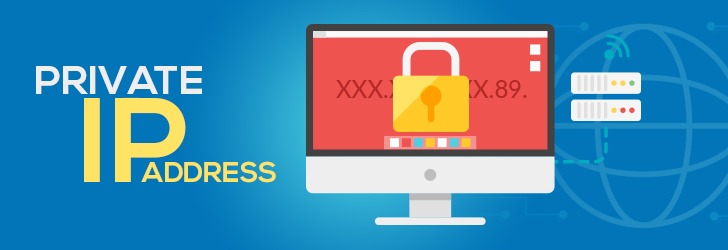Difference Between Public and Private IP Address
Created on 30 December, 2022 | ip | 2,097 views | 2 minutes read

In the realm of computer networks and the internet, IP addresses play a crucial role in identifying devices.
IP addresses can be broadly classified into two categories: public and private. Understanding the difference between public and private IP addresses is essential for managing network connections, securing data, and ensuring smooth communication. This article will shed light on the distinctions between public and private IP addresses, providing you with a clear understanding of their roles in the networking landscape.
Public IP Address
A public IP address is a globally unique identifier assigned to a device connected to the internet. It serves as the gateway for communication between devices on the internet. Key characteristics of public IP addresses include:
- Uniqueness: Public IP addresses are unique across the entire internet, ensuring that no two devices have the same address.
- Visibility: Public IP addresses are visible to other devices on the internet, enabling direct communication and data exchange.
- Assigned by ISPs: Internet Service Providers (ISPs) allocate public IP addresses to devices connected to their networks, allowing them to communicate with devices outside the local network.
- Identifying Networks: Public IP addresses are used to identify networks and facilitate routing of data packets over the internet.
Private IP Address
A private IP address, on the other hand, is assigned to devices within a private network, such as a home or office network. It enables communication between devices within the network, but it is not directly accessible from the internet. Key characteristics of private IP addresses include:
- Non-Global Reachability: Private IP addresses are not reachable or accessible from the internet. They are meant for local communication within the confines of a private network.
- Reserved Ranges: Private IP addresses are reserved and fall within specific ranges defined by Internet Engineering Task Force (IETF) standards. The most common private IP address ranges include 192.168.0.0 to 192.168.255.255, 172.16.0.0 to 172.31.255.255, and 10.0.0.0 to 10.255.255.255.
- Shared by Multiple Devices: Multiple devices within a private network can share the same private IP address range without conflict since private IP addresses are only relevant within the local network.
- Network Address Translation (NAT): Private IP addresses are typically translated to a single public IP address when communicating with devices on the internet, enabling multiple devices within the private network to access the internet through a single public IP address.
Key Differences
The main differences between public and private IP addresses can be summarized as follows:
| Aspect | Public IP Address | Private IP Address |
|---|---|---|
| Visibility | Visible to devices on the internet | Not directly accessible from the internet |
| Uniqueness | Unique across the entire internet | Can be reused within different private networks |
| Assignment | Assigned by ISPs | Assigned within the local network |
| Reachability | Accessible from the internet | Restricted to local network |
| Usage | Identifies devices and networks on the internet | Facilitates local communication within a private network |
Conclusion
In summary, public and private IP addresses serve distinct purposes in the world of networking. Public IP addresses are unique identifiers assigned by ISPs, enabling devices to communicate with each other over the internet. On the other hand, private IP addresses are reserved for local network communication and are not directly accessible from the internet. Understanding the difference between public and private IP addresses is crucial for network administrators, as it allows for effective network management, security configurations, and efficient routing of data. By leveraging the appropriate IP addressing scheme and implementing appropriate network protocols, you can ensure seamless communication and connectivity for both public and private networks.
Popular posts
-
Converting Between Long and Short URLs - URL Conversion Made Easy
3,919 views
-
Identifying and Addressing IP Reputation Issues - Exploring Blacklists
ip | 2,960 views
-
Implementing DNS Caching and Load Balancing - Maximizing DNS Performance
DNS | 2,657 views
-
The Power of Ping Tests - Boosting Network Performance
2,438 views
-
Difference Between Public and Private IP Address
ip | 2,092 views